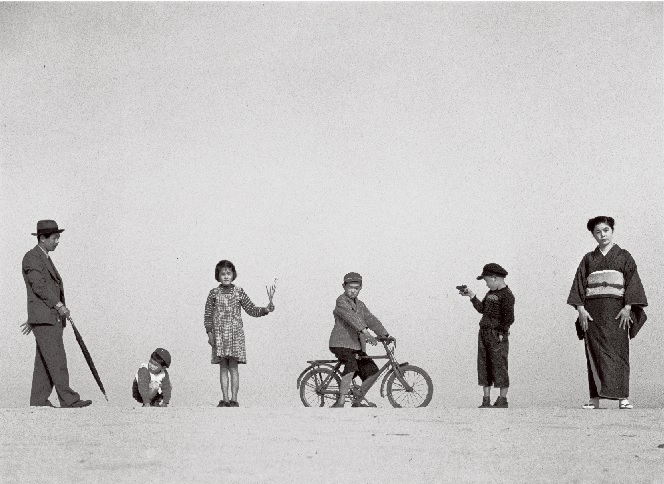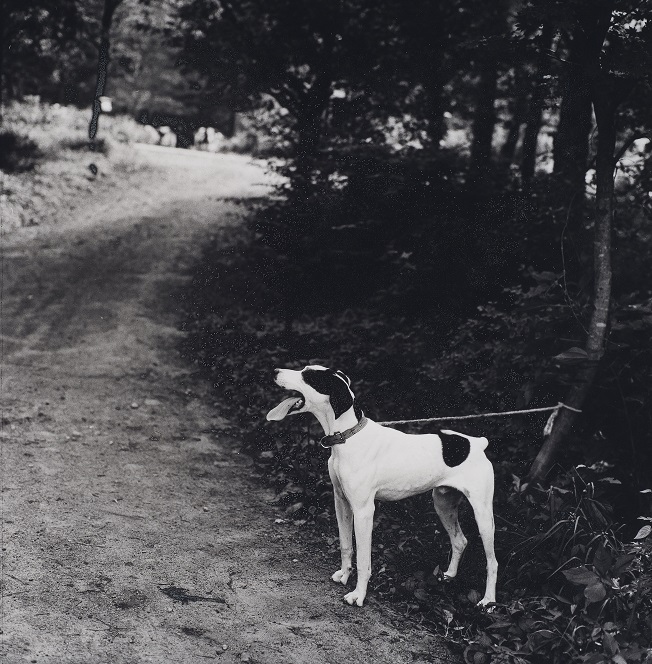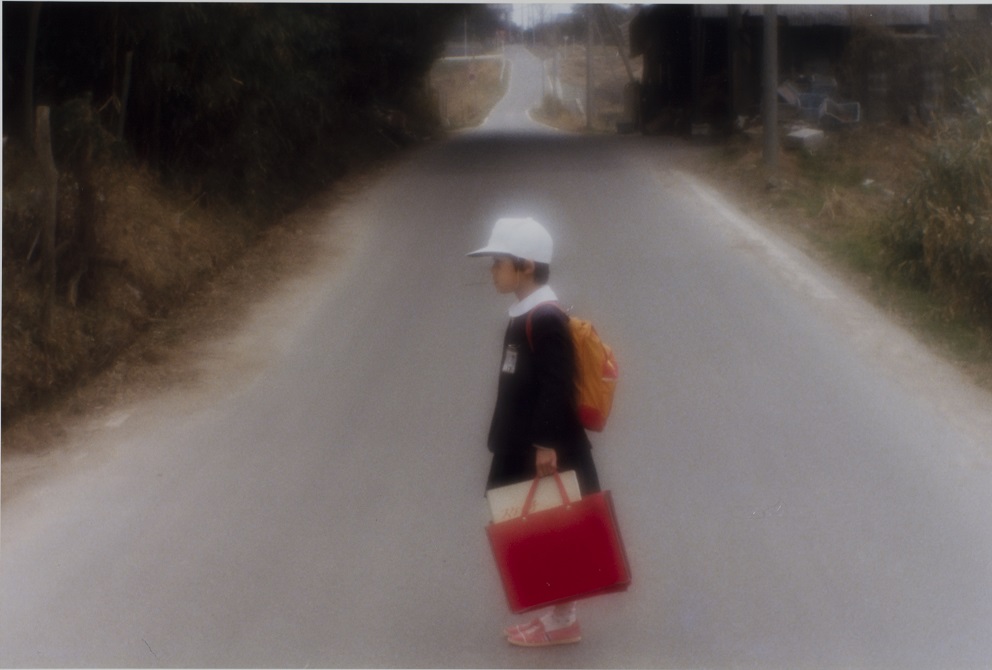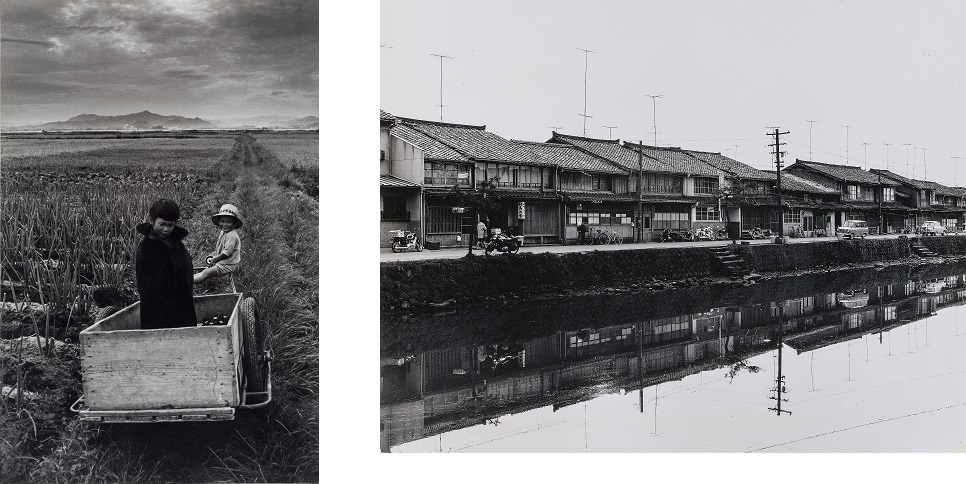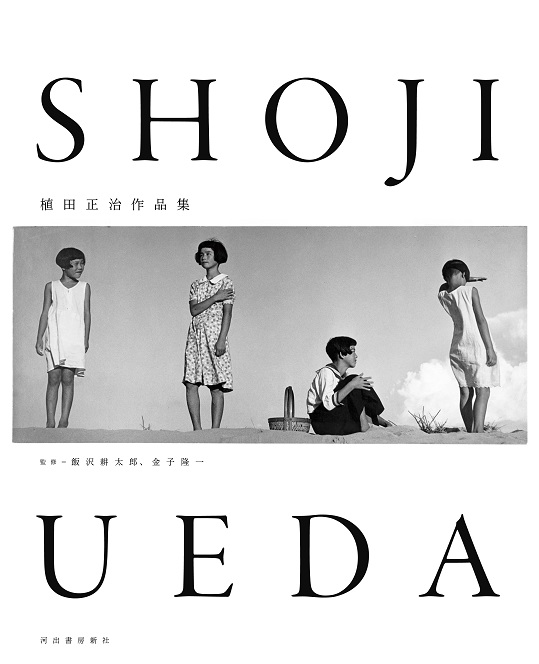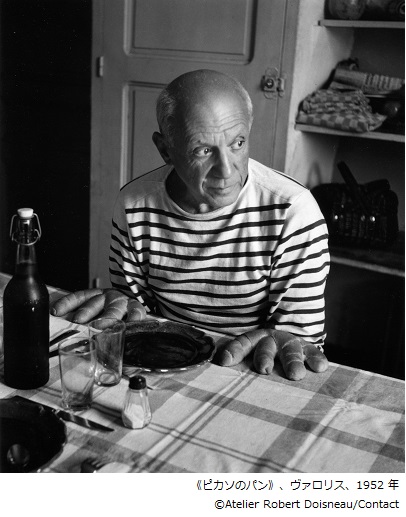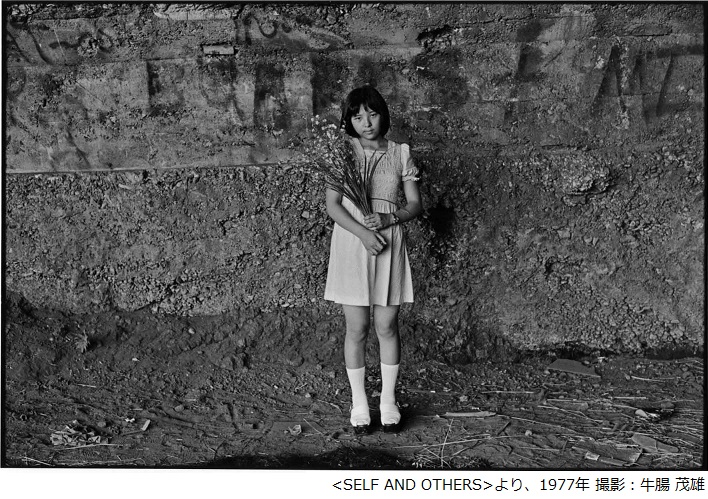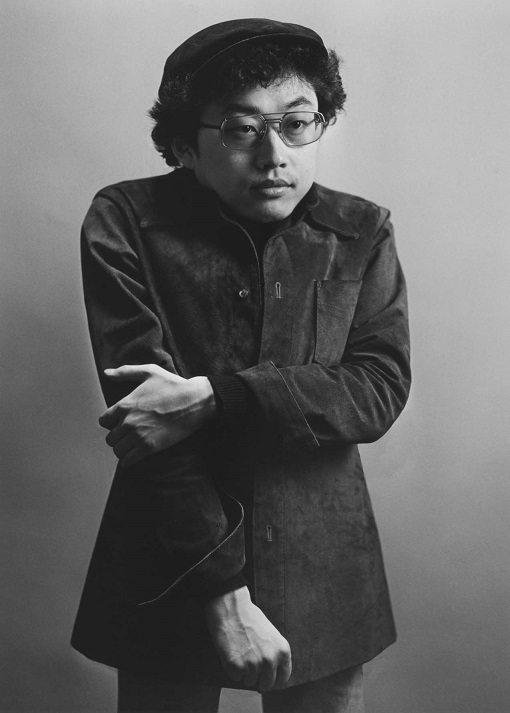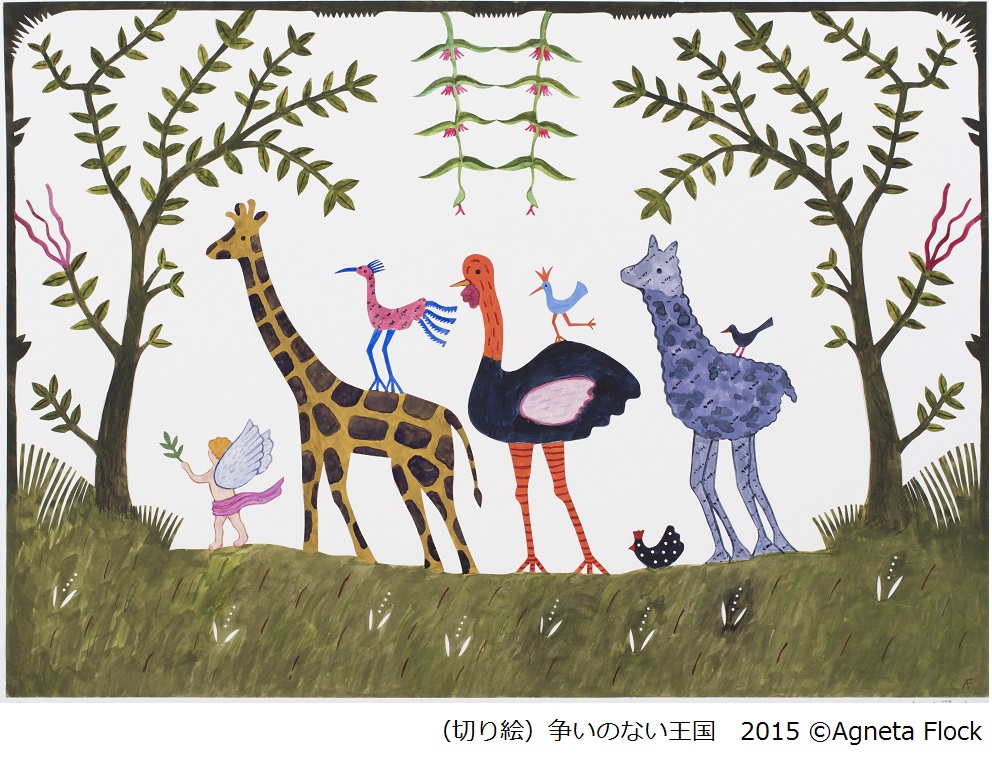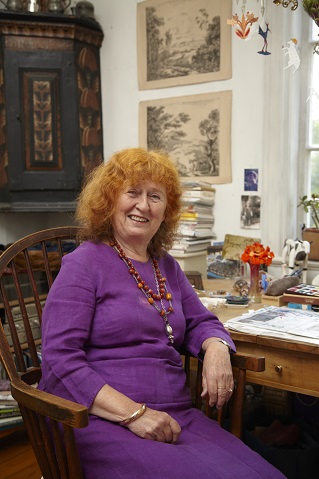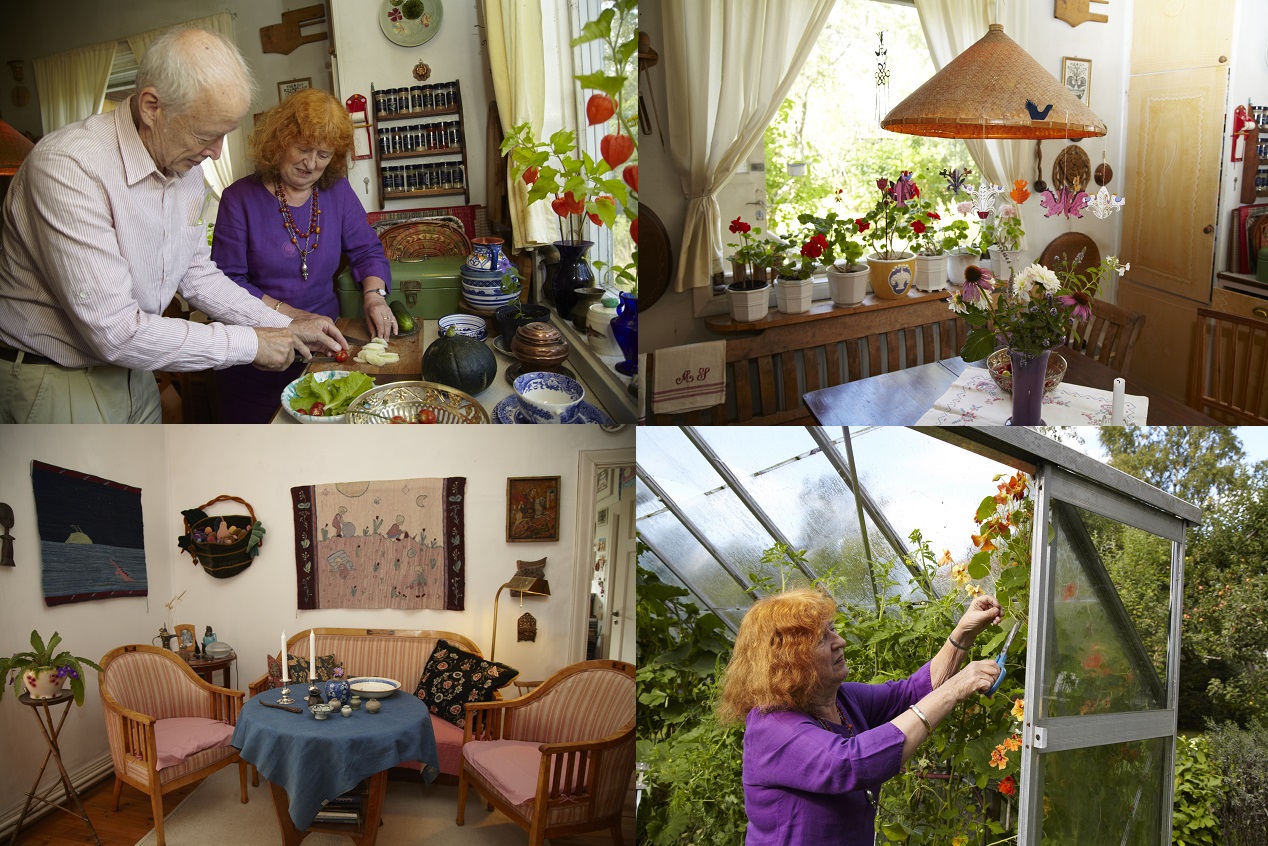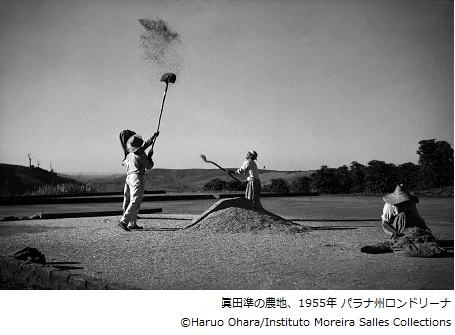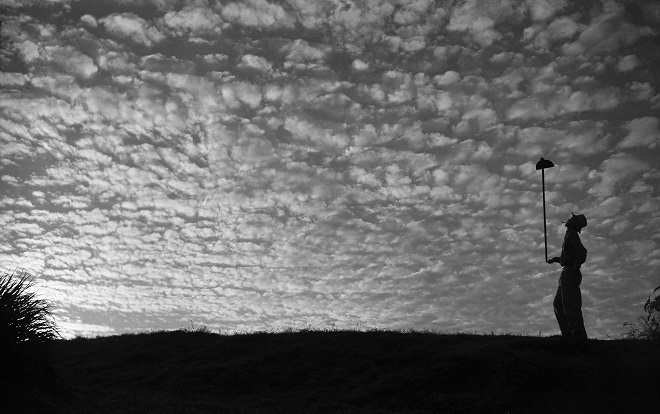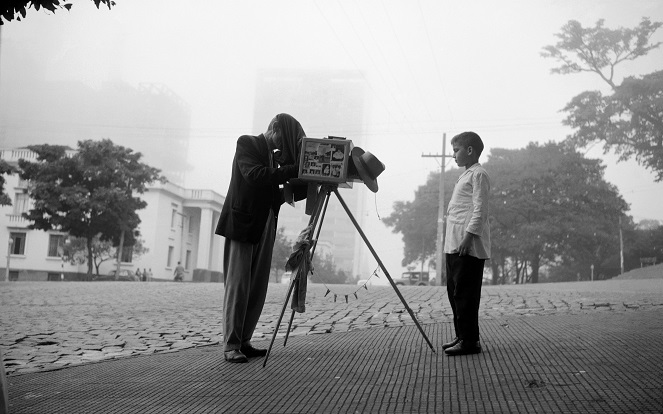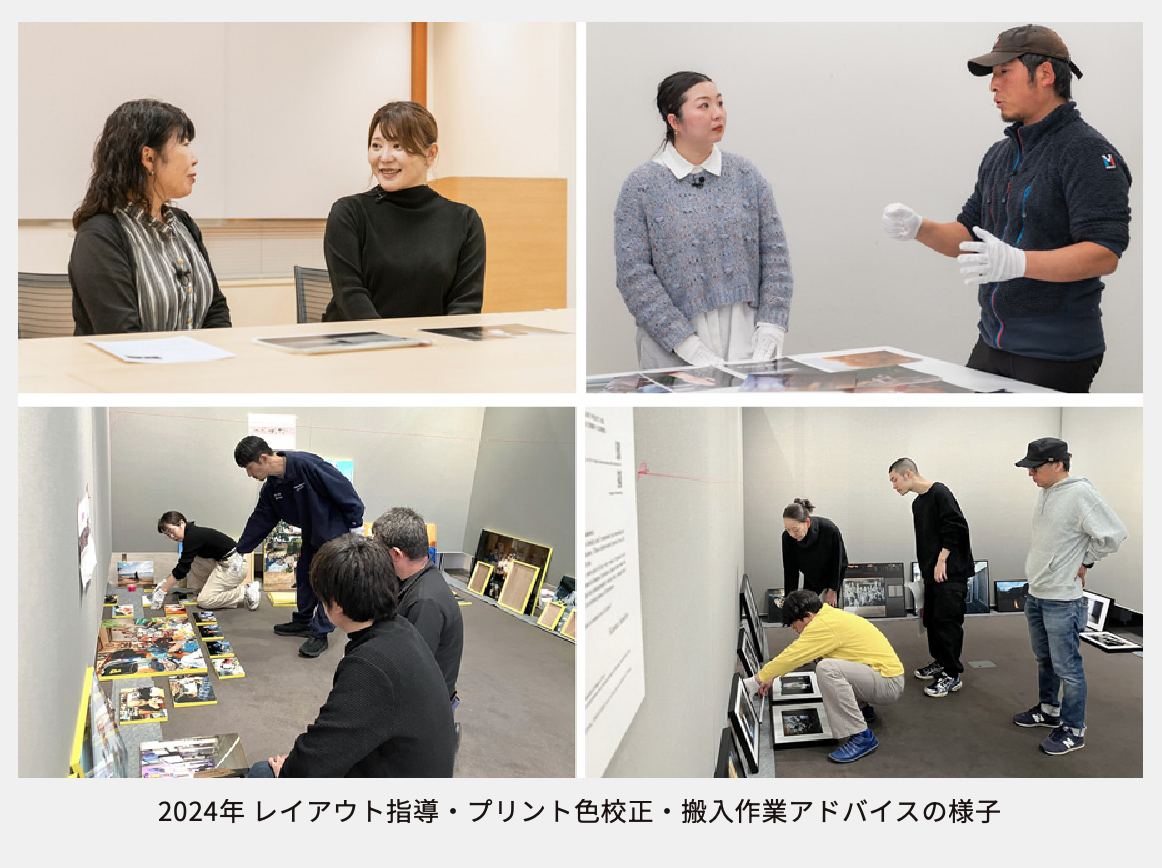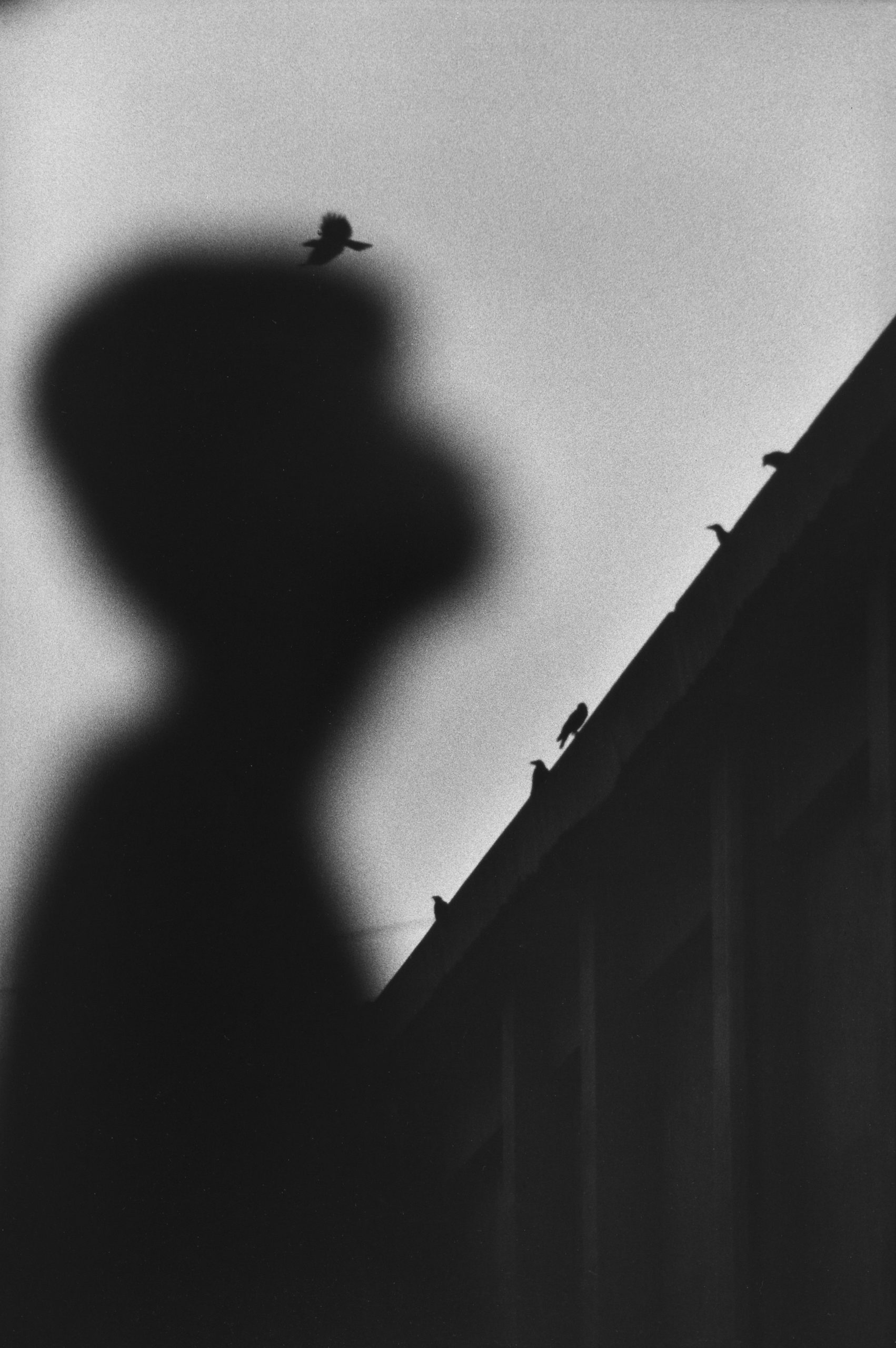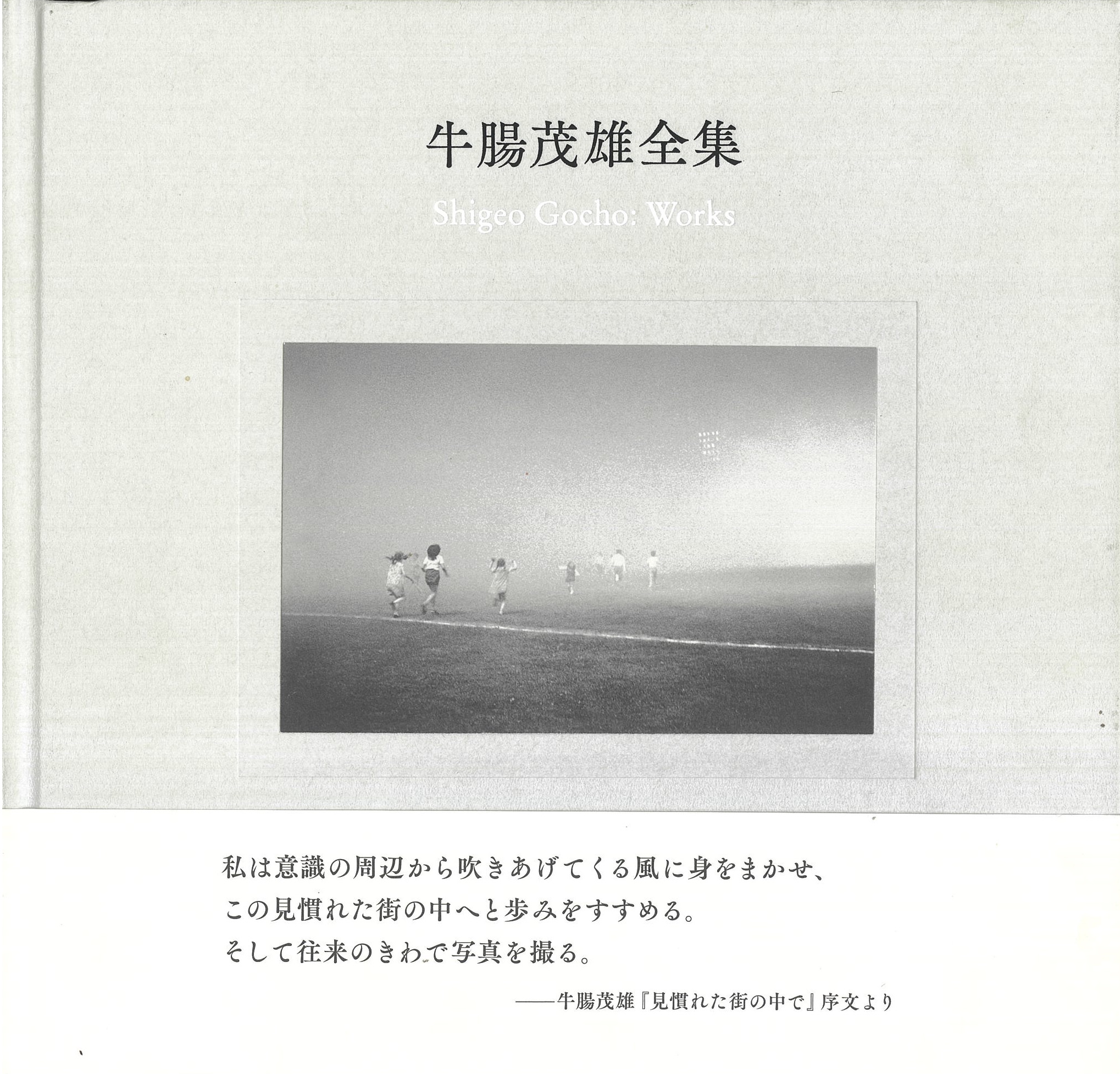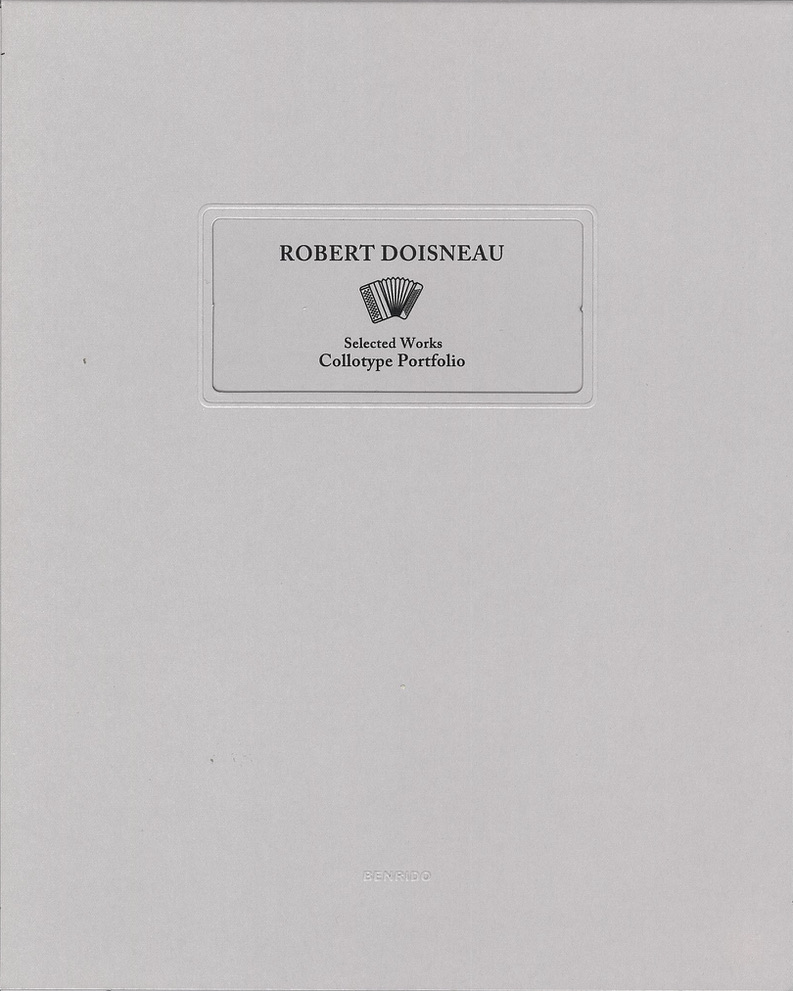![]()
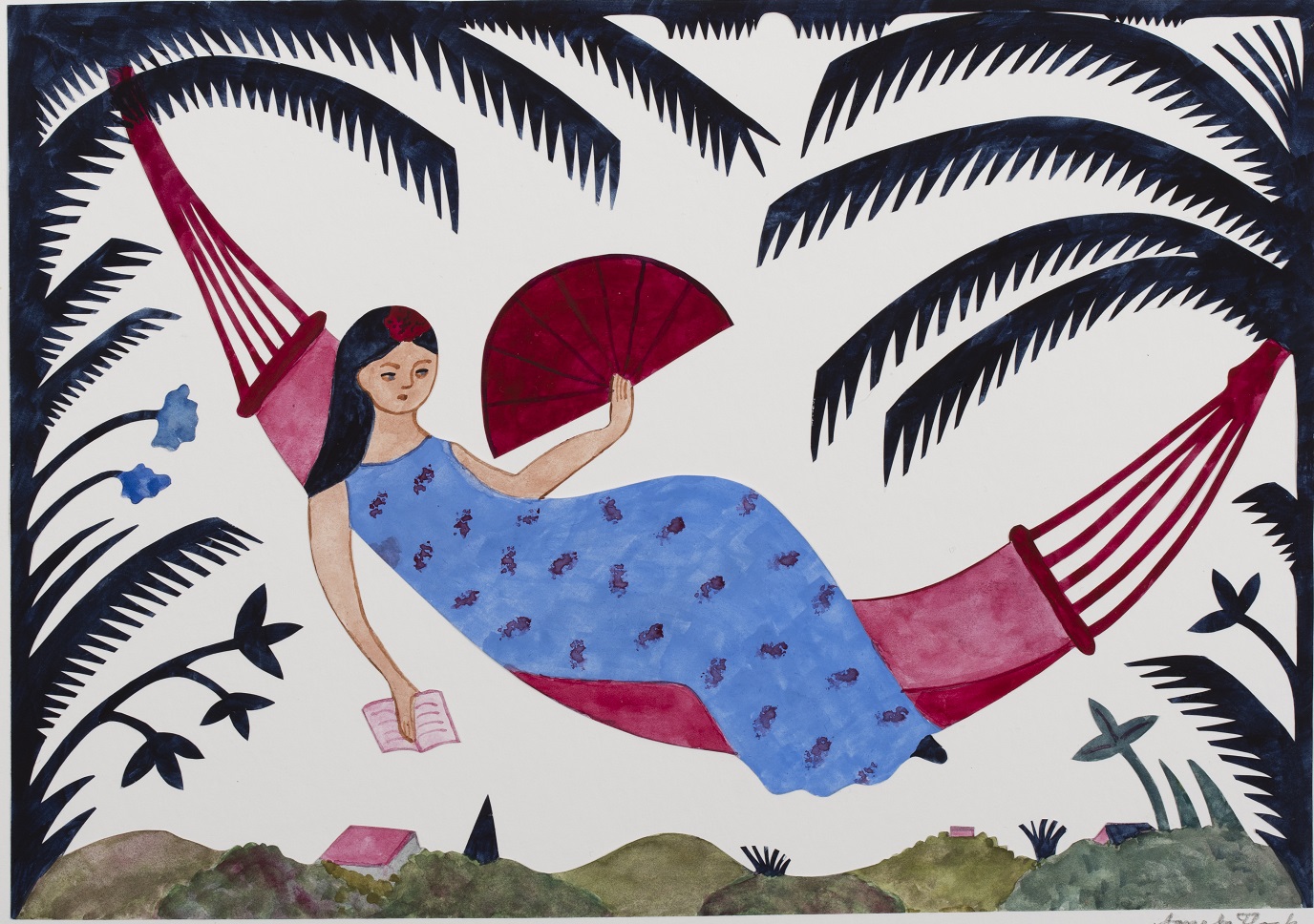
(切り絵)怠惰 2015
©Agneta Flock
北欧の自然や伝統的な物語に育まれた“魔法の手”を持つ、スウェーデンの切り絵作家アグネータ・フロック。彼女はテキスタイル作家として独自の世界を築き上げた後、切り絵と出会い、独創的でファンタジー溢れる切り絵の世界を表現し続けています。見るものの心に幸福感をもたらして止まないアグネータの作品は、日々の小さな出来事に喜びを見出す彼女のライフスタイルとともに、日本でも多くの人を魅了しています。
本展では、彼女の原点でもある織の作品や、未発表作品を含む切り絵の代表作を一堂に展観するとともに、切り絵が彩るアグネータ流窓辺のコーディネートを再現。 北欧の深い精神性を受け継ぐアグネータの作品と暮らしの魅力に迫ります。
ニュースリリース(PDF)はこちらへ
切り絵は四季とともに、暮らしに彩りを添え、ゆとりと豊かさを与えてくれます。
アグネータ・フロック
●Profile:Agneta Flock / アグネータ・フロック
1941年、スウェーデン・イェテボリー生まれ。1965年、スウェーデン国立芸術工芸デザイン大学コンストファック、テキスタイル科卒業。40年以上テキスタイル作家として活動した後、切り絵作品の制作を本格的に始める。2004年にNHK「おしゃれ工房」に登場。さらに同テキスト目次に2年間にわたり作品を連載するなど幅広く活躍。2011年、NHKBSプレミアムで「ハイビジョン特集アグネータと魔法の切り絵」が放送され、大きな反響を呼んだ。
●Information:アグネータ・フロックさん ギャラリー・トーク開催
☆日 時 :10月22日(土)14:00~
10月24日(月)11:00~/14:00~(各回約30分)
☆西館1Fアレーナホール会場内 事前申込不要・参加無料(入場券は必要です)
*混雑した場合は、入場制限をさせていただく場合がございます。
*イベント内容が変更、中止となる場合がございます。予めご了承ください。
●展覧会概要(東京会場):
開催期間:2016年10月22日(土)~11月3日(木・祝)
開場時間:10:00~20:00(最終日は18:00まで)
*ご入場は閉場の30分前まで。
会 場 :玉川髙島屋S・C西館1F アレーナホール
〒158-0094 東京都世田谷区玉川3-17-1
URL:www.tamagawa-sc.com
問い合わせ:玉川髙島屋S・C TEL:03-3709-2222(代)
入場料 :一般 700円 / 高校生・中学生 500円 (各税込)
*小学生以下無料
*「障害者手帳」をご提示いただいたご本人様ならびにご同伴者1名様まで入場無料とさせていただきます。
主 催 :NHKサービスセンター/玉川髙島屋S・C
後 援 :スウェーデン大使館
協 力 :アクアビットジャパン/ジーディーセヴンス
企画制作:コンタクト
本展では、テキスタイル作家として活動するアグネータさんの、テキスタイル作品群をあわせて展覧致します。伝統的なスタイルから離れた独自の表現様式によって一躍注目をあびた、切り絵の原点ともいえる色彩とファンタジーあふれる作品をあわせてお楽しみ下さい。
*記載事項は2016年7月現在のものです。内容が変更になる場合もあります。
Phantasies from North Europe – The world of papercut artist Agneta Flock
Tokyo Tamagawa Takashimaya S・C West Bldg., 1F Arena Hall
October 22, 2016 (Sat.) – November 3, 2016 (Thu.)
10:00 –20:00(last admission 19:30)
*opened until 18:00 on November 3., 2016 (last admission 17:30)
Drawing inspiration from Sweden’s beautiful nature and Europe’s traditional folk tales, artist Agneta Flock has begun creating fanciful papercuts after having already established a unique world of textile design. Until today she continues to bring forth these magical papercuts, which – together with her stance to enjoy the small things and little pleasures of everyday life – keep enchanting people in Japan as well as abroad.
Besides woven textiles, one of the origins of her artistic career, this exhibition will show representative papercut works, some of which will be exhibited for the first time. In doing so, it will give an insight into Agneta Flock’s artistic world and her experience of everyday life.
“Papercuts add to life, as do the four seasons, color, ease and richness”
Agneta Flock
●Artist Profile
Born 1941 in Gothenburg, Sweden. After majoring in textile design at Konstfack University College of Arts, Crafts and Design, Agneta Flock, worked as textile artist for more than 40 years until she started creating papercut works on a full scale. In 2004 she was featured in NHK’s television program ‘Oshare Kobo’ (fashion atelier), after which her papercuts were used for the design of the accompanying magazine for two consecutive years. In 2011, NHK BS Premium broadcasted the high-vision special program “Agneta and her magical papercuts”, which created enthusiastic responses.
●Events during the exhibition
Gallery talk by Agneta Flock
Date: October 22., 2016 (Sat.), 14:00-14:30,
October 24. (Mon.), 11:00-11:30 and 14:00-14:30
Venue: Tokyo Tamagawa Takashima S・C West Bldg., Arena Hall 1F
Admissions: Free with an entrance ticket for the exhibition
*No registration required
*Schedules and contents may subject to changes.
●General Information:
Period:October 22, 2016 (Sat.) – November 3, 2016 (Thu.)
Opening Hours:10:00~20:00 (last admission 19:30)
*opened until 18:00 on November 3., 2016 (last admission 17:30)
Venue:Tokyo Tamagawa Takashimaya S・C West Bldg., 1F Arena Hall
Tamagawa 3-17-1, Setagaya-ku, Tokyo, 158-0094 Japan
URL: www.tamagawa-sc.com
TEL: 03-3709-2222 (Tamagawa Takashimaya)
Admissions:Adult 700 ¥, High School and Junior High School Students 500 ¥(tax. incl.)
*Free for children under the age of 12 and for persons with a Physical Disability Certificate (shogaisha techo) and one accompanying person.
Organization: NHK Service Center, Tamagawa Takashimaya S・C
Support: The Embassy of Sweden
Cooperation: Aquavit Japan
Planning and Production: Contact Co., Ltd.
*The information provided above is up to date as of July 2016. Contents may be subject to changes


